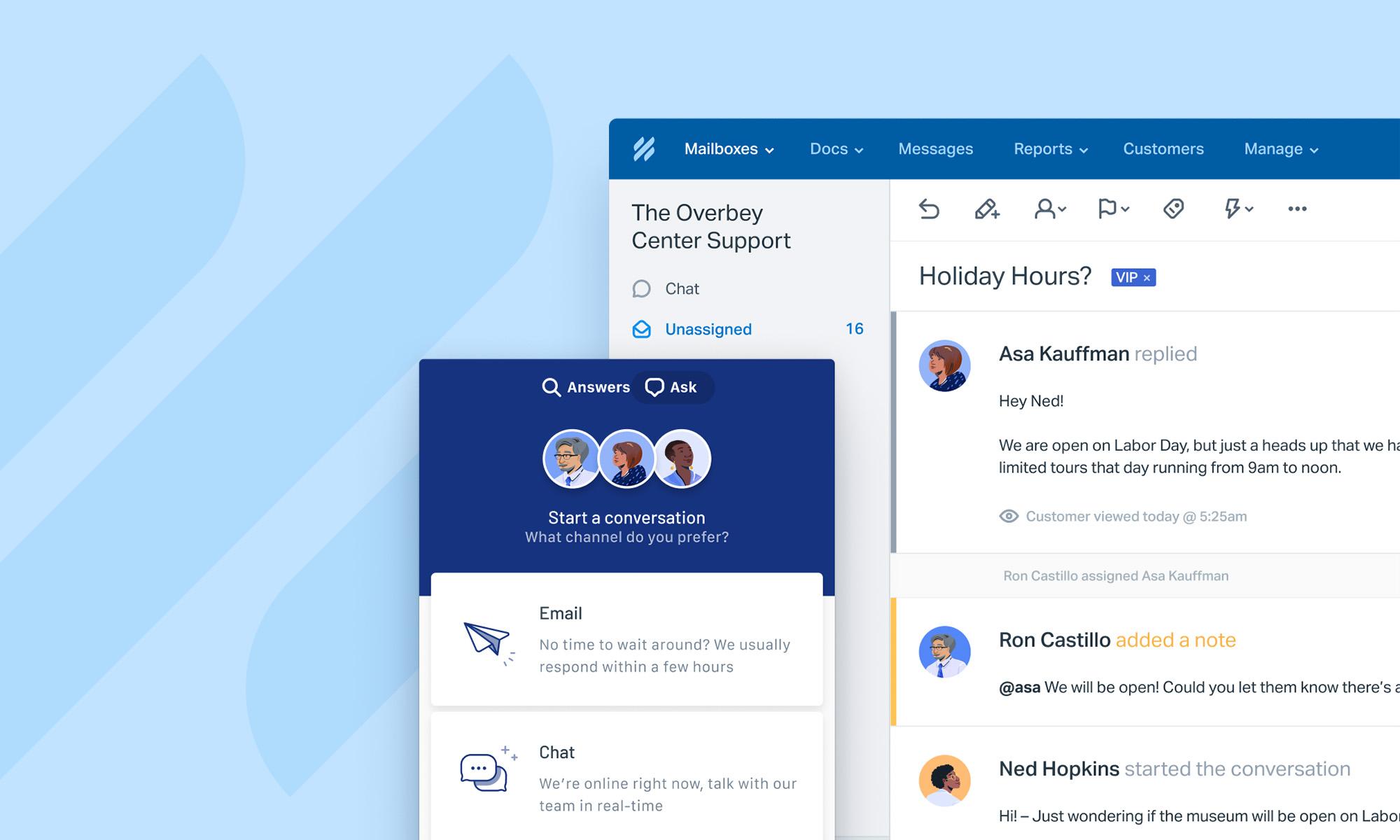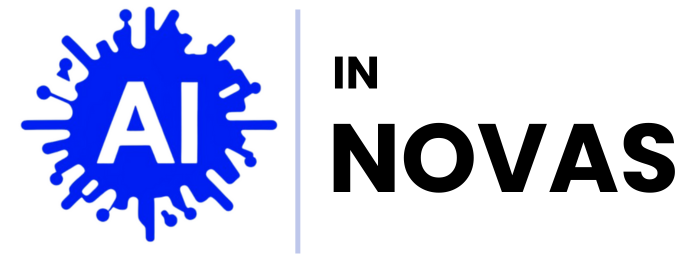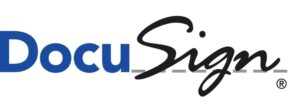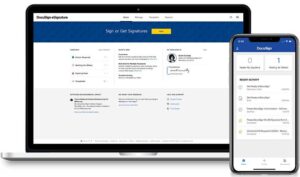In today’s fast-paced digital landscape, customer expectations are at an all-time high. Companies must not only satisfy but also anticipate the needs of their clients to thrive. Enter customer support solutions—a vital component in the orchestration of effective communication between businesses and their patrons. Among the myriad of options available, Help Scout and Zendesk stand out as two prominent players, each offering unique features and philosophies in their approach to customer service. This article delves into a comprehensive evaluation of Help Scout and Zendesk, dissecting their strengths, weaknesses, and functionalities. As we navigate through their capabilities, we’ll shed light on which solution might resonate best with your organization’s specific needs, ensuring you can make an informed choice in your quest to enhance customer satisfaction.
Unpacking the User Experience: A Deep Dive into Help Scout and Zendesk Interfaces
When evaluating customer support solutions, the interface plays a critical role in the overall user experience. Help Scout embraces a minimalist design that feels both welcoming and user-friendly. Its layout promotes ease of navigation, allowing support agents to swiftly access customer conversations, knowledge base articles, and internal notes without unnecessary clutter. Key features, such as shared inboxes, are elegantly integrated, reducing the learning curve for new users. This simplicity is complemented by a range of customization options, enabling businesses to tailor the interface to their unique workflows and preferences.
On the other hand, Zendesk presents a more robust interface packed with features that cater to larger teams with complex support needs. The dashboard is visually rich, offering powerful analytics and reporting capabilities, but can appear overwhelming for some users. With functionalities like ticket prioritization and multiple communication channels, Zendesk places an emphasis on flexibility and scalability. The interface allows for detailed customization through various apps and integrations, making it a strong contender for organizations that require a comprehensive suite of tools at their fingertips. However, the challenge lies in navigating this complexity efficiently, particularly for teams less accustomed to extensive support platforms.

Scalability and Flexibility: Assessing Solutions for Growing Businesses
When it comes to choosing a customer support solution, scalability and flexibility are paramount for businesses anticipating growth. Both Help Scout and Zendesk offer unique benefits, but they cater to different operational needs. Help Scout is often praised for its user-friendly interface that scales effortlessly with teams of various sizes, making it a strong contender for small to medium-sized businesses that require a simplified experience. Its capability to integrate seamlessly with existing tools can enhance workflows without overwhelming users, allowing businesses to adapt quickly to changing customer demands. On the other hand, Zendesk tends to shine for larger enterprises due to its robust set of features that can handle high volumes of customer inquiries, along with a customizable framework that supports complex needs. These solutions ensure that as a business grows, the support infrastructure remains efficient and effective.
To better understand how these two platforms stack up regarding scalability and flexibility, consider the following aspects:
| Feature | Help Scout | Zendesk |
|---|---|---|
| User Interface | Simple and intuitive | Feature-rich but complex |
| Integration Options | 30+ apps | 50+ apps with extensive APIs |
| Customization | Limited | Highly customizable |
| Pricing | Affordable for small teams | Tiered pricing for various sizes |
These factors illustrate how each platform’s approach can either facilitate or hinder a company’s growth trajectory. Companies heavily reliant on personal customer interactions may find Help Scout’s straightforward model aligns better with their culture, while businesses with complex customer service demands might benefit more from Zendesk’s diverse capabilities. Ultimately, evaluating the specific needs of your growing business will help determine which solution offers the right balance of scalability and flexibility.

Integrations and Automation: Enhancing Efficiency with Help Scout and Zendesk
Integrating Help Scout and Zendesk with other tools in your tech stack can drastically streamline customer support workflows. With their robust APIs, both platforms allow businesses to connect a variety of applications, automating repetitive tasks and improving response times. Common integrations include CRM systems, email marketing tools, and project management software, enabling teams to gain instant insights and maintain context throughout customer interactions. Here are some benefits of their integrations:
- Seamless data transfer between applications
- Automated ticket routing and escalation
- Enhanced team collaboration through shared workspaces
Automation in Help Scout and Zendesk further enhances operational efficiency by enabling repetitive tasks to be performed without manual intervention. Utilizing features like workflows, triggers, and canned responses, both platforms help support teams maintain high levels of customer service without overwhelming their agents. A quick comparison of their automation capabilities reveals notable strengths:
| Feature | Help Scout | Zendesk |
|---|---|---|
| Automation Rules | Simple and intuitive interface | Advanced customization options |
| Canned Responses | Easy access and management | Rich templating and variations |
| Themes & Customization | Basic styling options | Extensive design flexibility |

Cost Analysis and Value Proposition: Making the Right Financial Choice for Customer Support Solutions
When evaluating Help Scout versus Zendesk, understanding the financial implications and potential ROI is crucial for making an informed decision. Both platforms offer compelling features, but the pricing structures vary significantly. Help Scout adopts a straightforward pricing model that appeals to small and medium-sized businesses, while Zendesk offers tiered plans that cater to larger enterprises but may quickly escalate costs as features are added. Considerations when analyzing cost include:
- Subscription Fees: Each platform’s pricing tiers and what features are bundled in each.
- Scalability: How pricing changes as your support team grows.
- Customization Costs: Any additional expenses for advanced features or integrations.
Evaluating the overall value proposition involves not only the direct expenses but also the savings generated through efficiency and improved customer experiences. Help Scout is often lauded for its user-friendly interface, which can reduce training time and support overhead. In contrast, Zendesk offers robust reporting and analytics that could drive data-driven business decisions but may require more time to master. Here’s a comparative snapshot of essential financial aspects:
| Feature | Help Scout | Zendesk |
|---|---|---|
| Starting Price | $20/user/month | $5/user/month |
| Free Trial | Yes (15 days) | Yes (30 days) |
| Support Channels | Email & Chat | Email, Chat, & Call |
| Customization Options | Moderate | Extensive |
In Conclusion
As we draw the curtain on our exploration of Help Scout versus Zendesk, it’s clear that both platforms bring distinct advantages to the table, each appealing to different business needs and customer support philosophies. Help Scout shines with its user-friendly interface and a personal touch that resonates with smaller teams or those aiming for a more intimate customer experience. Meanwhile, Zendesk offers a robust suite of features that can scale to meet the demands of larger enterprises, providing a comprehensive toolkit for a variety of customer interactions.
Ultimately, the choice between Help Scout and Zendesk hinges on your organization’s size, objectives, and approach to customer engagement. By thoughtfully weighing your priorities—whether it be simplicity, scalability, or specialized features—you can find the solution that aligns best with your vision for exceptional customer support. As you embark on this journey, remember that the right tool is one that not only addresses your current needs but also grows with you and your customers in mind.
In the ever-evolving landscape of customer service, staying adaptable and informed is key. We encourage you to continue exploring, testing, and listening to your users. After all, the goal of any support solution remains the same: to enhance communication, foster strong relationships, and ultimately, deliver unparalleled service. Choose wisely, and may your customer support journey be as rewarding as the connections you cultivate.




